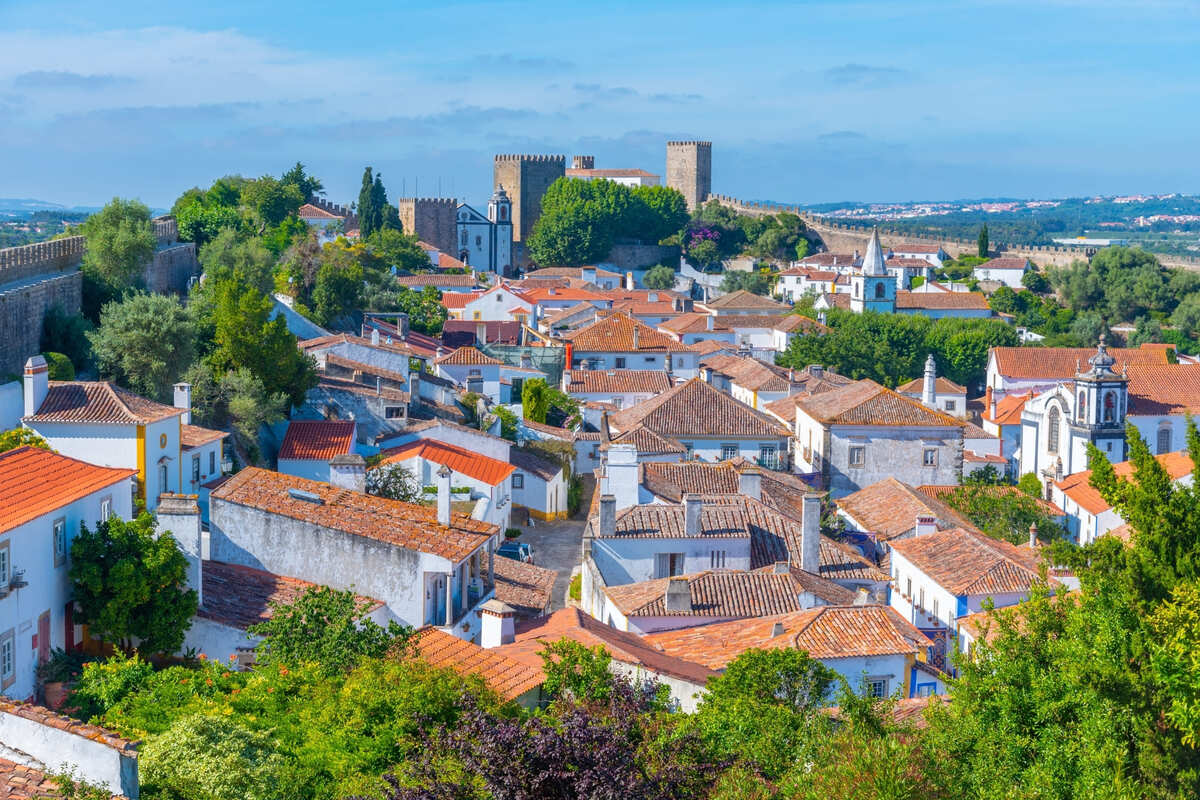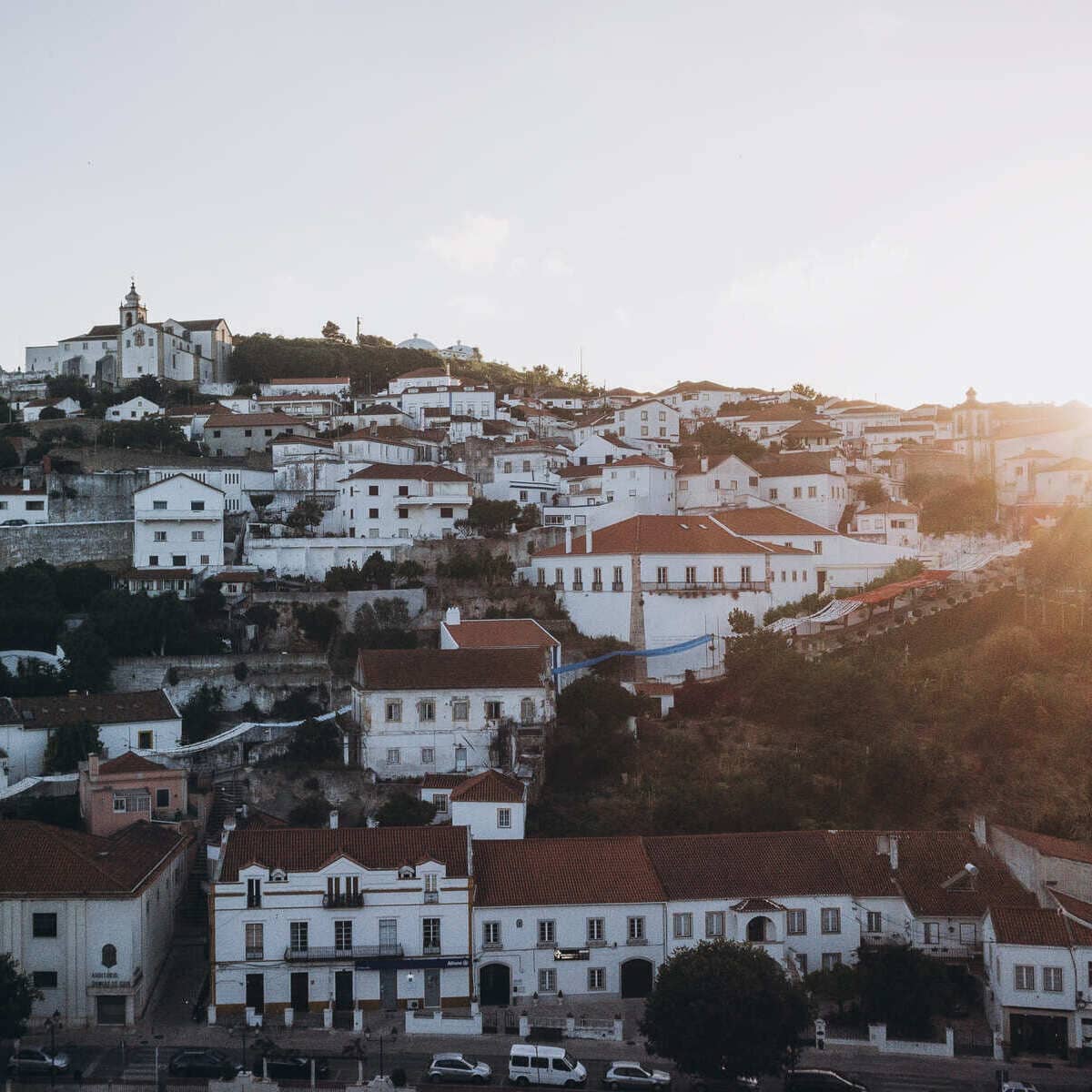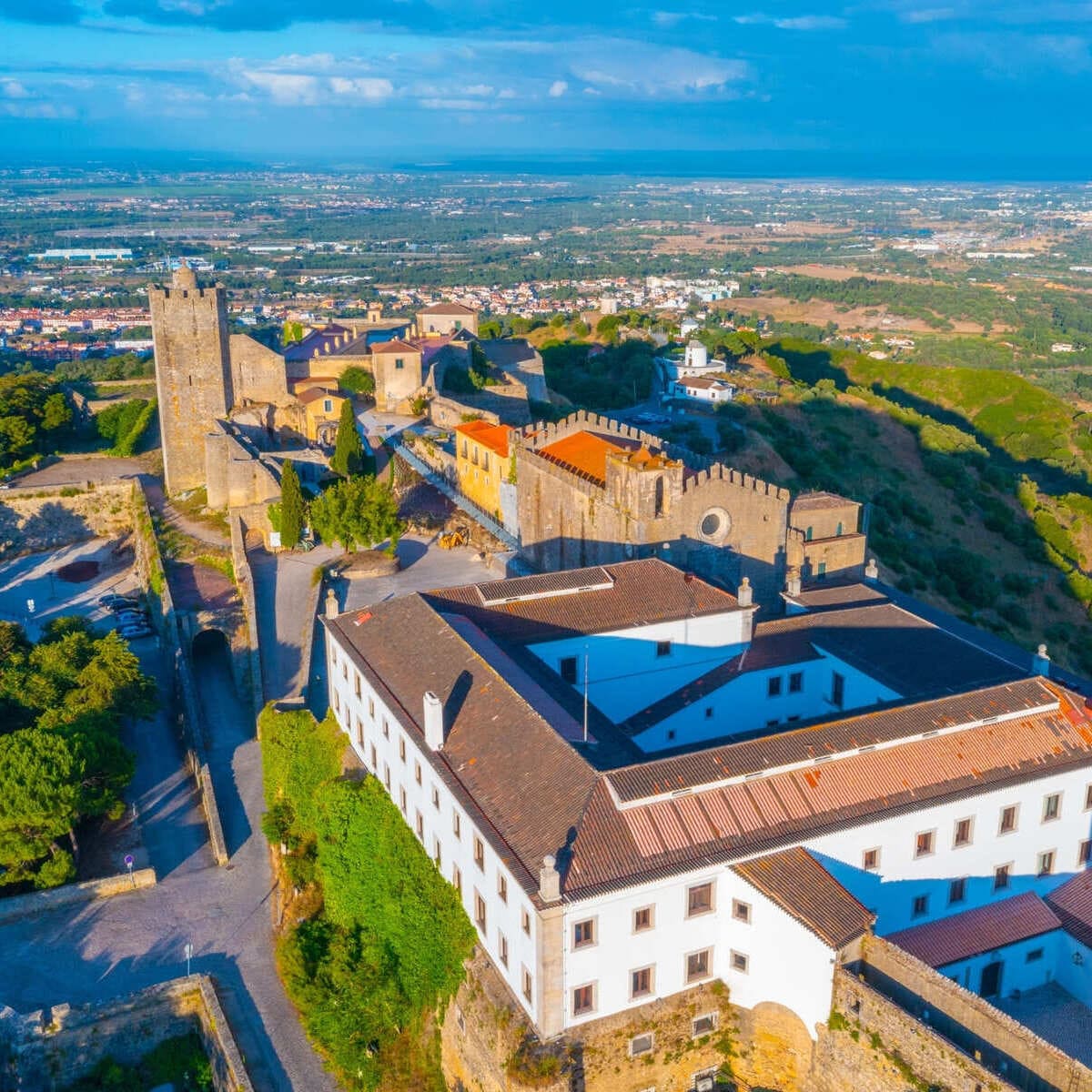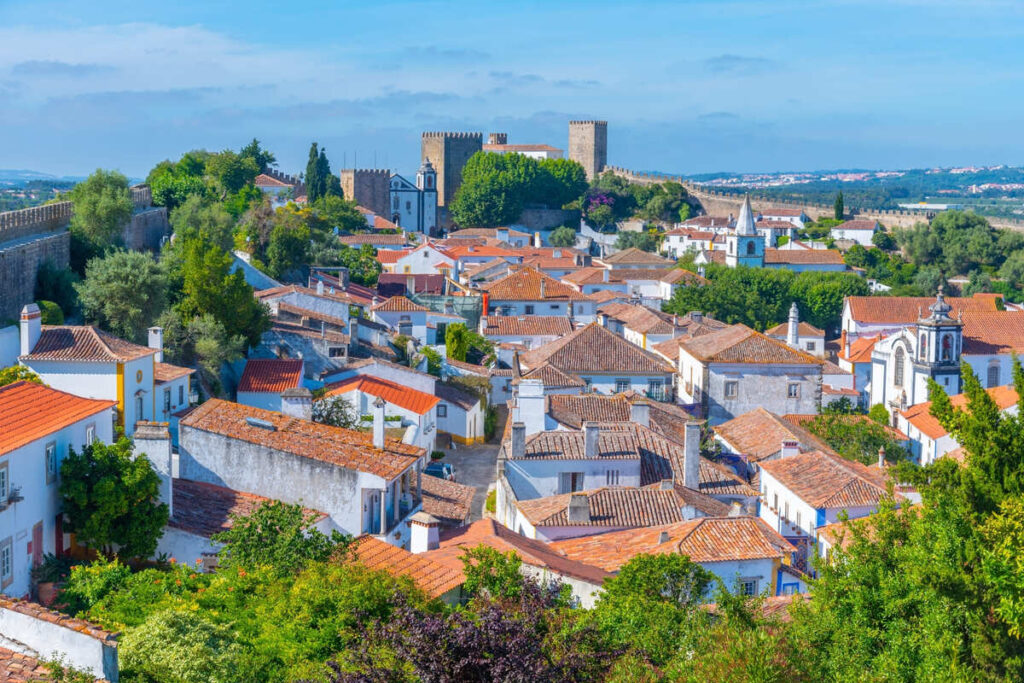Travel Guide
Move Over Lisbon! These 4 Gorgeous Towns Offer Medieval Charm & Smaller Crowds
Home to a picture-perfect Old Town of rolling hills, Baroque churches, and a scenic riverfront, it’s safe to say Lisbon is easily one of the most incredible city breaks in Europe.
As charming as it can be, it’s also worth pointing out that Lisbon has now become one of the most overtouristed cities in the Old Continent. With Portugal’s surging popularity, it’s not like the numbers are dwindling anytime soon.
Thankfully, these 4 much-smaller historic towns a short 1h–2h away are just as beautiful, and crammed with medieval wonders with a lot more breathing room:
Óbidos


A small village of about 3,100 inhabitants, a 1h49 train ride away from Lisbon, or an even shorter 1h driving, Óbidos stands alongside Carcassonne, in France, and Dubrovnik, in Croatia, as one of Europe’s best-preserved medieval treasures.
Its Old Town looks copied and pasted straight from a storybook for children: it has a beautifully preserved cobbled center, with narrow alleys arranged in a maze-like way, all lined with whitewashed houses and surrounded by walls.
Other than being incredibly picturesque, Óbidos is sure to appeal to the sweet fiends out there: it’s the proud home of Ginja de Óbidos, a unique cherry liqueur served in an edible homemade chocolate cup. For the best cheeky ginjinha in town, head straight to Bar Ibn Errik Rex.
Alenquer


A hilltop town with over 44,000 residents, a 1h bus ride from Lisbon (there are no trains operating on this route), Alenquer is one of those rare instances of a Portuguese town yet to be ruined by the country’s overwhelming levels of tourism.
Similarly to Óbidos, it is guarded by medieval walls and dotted with medieval monuments, from the 12th-century Castle of Alenquer, to ornate churches like Igreja de Santa Maria da Várzea, characterized by its rib-vaulted ceiling and blend of Gothic and Portuguese Manueline elements.
Portugal is widely celebrated for its wine, and to our fellow oenophiles, Alenquer is officially a wine region. Some of the country’s best reds originate here, including the thick, velvety Castelão, and if you’re driving, make sure you set out on the Quintas de Alenquer route, visiting 12 nearby estates.
Palmela


A convenient 37-minute drive from Lisbon, across the Tagus, and into the Setúbal District, you’ll find Palmela, a 63,000-people-strong castle town perched on a prominent hill, looking out onto the Atlantic, and even the Portuguese capital far in the distance.
Palmela’s main attraction is its Moorish fort, built by Islamic conquerors who were present in Portugal for a number of centuries before the Christians took over once again. The castle now houses a pousada (Portuguese for guesthouse), and a historic church.
If you’re coming here for the wine and food, you should know Palmela’s Castelão, a fortified wine made from a red grape that thrives in sandy soils, can be found in abundance here, as well as Queijo de Azeitão, a signature, tangy sheep’s milk served with cured meats and fresh olives.
Alcácer do Sal


Dating back over 2,700 years, which makes it one of the oldest continuously inhabited towns in Europe, Alcácer do Sal was originally established by the Phoenicians, and further developed by the Romans, and later on the Moors as a trading post.
It straddles the important Sado River, notoriously known for its salt production and fishing culture, and between the fairytale medieval castle and the idyllic stone-paved pathways, peppered with family-run restaurants and boutique shops, Alcácer has a lot to offer tourists.
Most importantly, it is known as Portugal’s rice capital, and much of the local cuisine features the staple grain: duck rice, rice with seafood, sweet rice desserts… you name it. On that note, make sure you check out the aptly-named O Arrozeiro (the Rice Maker), right on the banks of the Sado.
Ordering a starter + a main rice dish + dessert and a drink will set you back between $25–$35.
The Travel Off Path Advantage: Your Travel Toolkit
Subscribe To Our Latest Posts
Enter your email address to subscribe to Travel Off Path’s latest breaking travel news, straight to your inbox.
